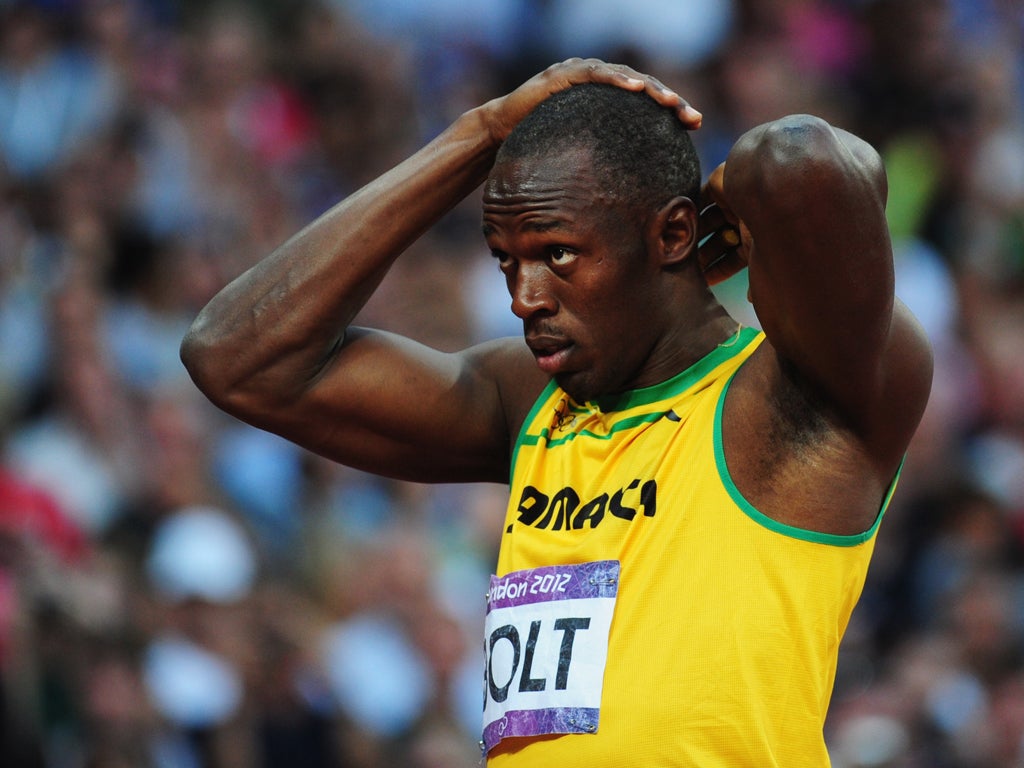Delving into the Realm of Top-Tier Athleticism: An Introduction
The title of the world’s fastest person is a prestigious and highly sought-after accolade in the realm of athletics. This esteemed title is bestowed upon the individual who achieves the swiftest recorded speed in a sanctioned event. Throughout history, numerous remarkable athletes have striven to attain this prestigious honor, often pushing the boundaries of human capabilities in the process.
Exploring the History of World Record-Breaking Speedsters
The title of the world’s fastest person has captivated the imagination of sports enthusiasts for decades. The annals of athletics are replete with remarkable stories of tenacity, determination, and sheer speed. The first individual to be officially recognized as the world’s fastest human was American athlete Donald Lippincott, who set the inaugural world record in 1912 with a time of 10.6 seconds in the 100-meter sprint.
Throughout the ensuing years, the record continued to be shattered by a succession of formidable sprinters. Notable figures such as Jesse Owens, who won four gold medals at the 1936 Berlin Olympics, and Australian icon Harold Abrahams, who clinched the gold medal in the 1924 Paris Olympics, solidified their places in the annals of athletics. Their inspiring stories have been immortalized in films and literature, serving as enduring symbols of human perseverance and speed.
How to Train for Top Speed: A Closer Look
Achieving the title of the world’s fastest person requires a rigorous and well-planned training regimen. Aspiring speedsters must focus on several key components to maximize their potential. Strength training forms the foundation of any successful speed training program, with exercises such as squats, deadlifts, and lunges targeting the primary muscle groups involved in sprinting: the quadriceps, hamstrings, glutes, and calves.
In addition to strength training, incorporating sprint workouts into the training routine is crucial. These workouts can include interval training, hill sprints, and resistance training, which help improve an athlete’s speed, power, and overall running economy. Furthermore, recovery techniques, such as stretching, foam rolling, and proper nutrition and hydration, play a vital role in preventing injuries and ensuring optimal performance.
Unmasking the Current Title Holder: Usain Bolt
Jamaican sprinter Usain Bolt has long been synonymous with the title of the world’s fastest person. With a charismatic personality and an unrivaled talent for sprinting, Bolt has captured the hearts of fans worldwide and solidified his place in the annals of athletics. Born on August 21, 1986, in Sherwood Content, Jamaica, Bolt began his athletic career as a teenager, quickly making a name for himself as a prodigious sprinter with a unique combination of speed, power, and grace.
Bolt’s rapid ascent to the pinnacle of the sport was punctuated by a series of record-breaking performances. At the 2008 Beijing Olympics, he became the first person to win three gold medals in the sprint events, setting world records in the 100 meters (9.69 seconds), 200 meters (19.30 seconds), and 4×100-meter relay (37.10 seconds). Over the next several years, Bolt continued to dominate the sport, solidifying his status as the world’s fastest person and a living legend in the process.
The Science Behind Human Speed: What Makes Them Run
The quest to become the world’s fastest person is a complex interplay of biomechanics, physiology, and psychology. At its core, human speed is a reflection of an individual’s ability to generate force, optimize movement efficiency, and harness the power of their neuromuscular system. By examining these factors in greater detail, we can gain a deeper understanding of what makes a world-class sprinter and the unique characteristics that set them apart from their peers.
Biomechanically, the efficiency of an athlete’s running form plays a critical role in determining their top speed. Factors such as stride length, stride frequency, and ground contact time must be carefully balanced to maximize speed while minimizing energy expenditure. Additionally, the angle of the athlete’s running motion, including their hip, knee, and ankle angles, can significantly impact their overall efficiency and power output.
Women in the Race: Celebrating the Swiftest Female Sprinters
While the title of the world’s fastest person is often associated with male athletes, a cadre of formidable female sprinters has left an indelible mark on the sport. These trailblazing women have not only shattered records but also paved the way for future generations of female athletes. As we delve into the rich history of female sprinting, it becomes evident that the pursuit of speed transcends gender, showcasing the incredible athletic prowess of individuals from all walks of life.
One of the earliest pioneers of women’s sprinting was American athlete Wilma Rudolph. Born in 1940, Rudolph overcame numerous obstacles, including childhood polio, to become the first American woman to win three gold medals in a single Olympic Games. At the 1960 Rome Olympics, she clinched gold in the 100 meters, 200 meters, and 4×100-meter relay, cementing her place in the annals of athletics and inspiring countless young athletes along the way.
Beyond the Track: Other Arenas of Human Speed
While the title of the world’s fastest person is often associated with track and field events, human speed plays a critical role in various other sports and disciplines. In this section, we will explore the significance of speed in swimming, cycling, and winter sports, highlighting the remarkable achievements of athletes who have pushed the boundaries of human performance in these domains.
In the pool, speed is a crucial factor in determining success. Swimmers rely on their ability to generate powerful strokes and minimize drag to propel themselves through the water. Over the years, advancements in training techniques, equipment, and technology have contributed to a steady decline in world records, with athletes continually striving to become the fastest in their respective events. American swimmer Michael Phelps is a prime example of an athlete who has harnessed the power of speed to become one of the most decorated Olympians in history, with a total of 28 medals to his name.
Future Prospects: Who Will Take the Title Next?
As the world continues to advance and evolve, so too does the pool of talented athletes striving to become the next world’s fastest person. With advancements in training techniques, technology, and sports science, the future of speed is brighter than ever. In this section, we will speculate on potential future record breakers and the ongoing quest to become the world’s fastest person.
One nation that has consistently produced formidable sprinters is the United States. With a rich history of success in track and field, American athletes such as Christian Coleman and Noah Lyles are poised to carry the torch of speed into the future. Both athletes have demonstrated remarkable talent and potential, with Coleman currently holding the world record in the 60-meter sprint and Lyles emerging as a dominant force in the 200-meter event.
Beyond the United States, other nations are also making their mark on the world stage. Athletes from Jamaica, South Africa, and Great Britain have all demonstrated impressive speed and potential, with many analysts predicting that the next world record could be set by an athlete from any of these countries. As the global athletics community continues to grow and develop, the quest to become the world’s fastest person will undoubtedly remain a captivating and hotly contested pursuit.






